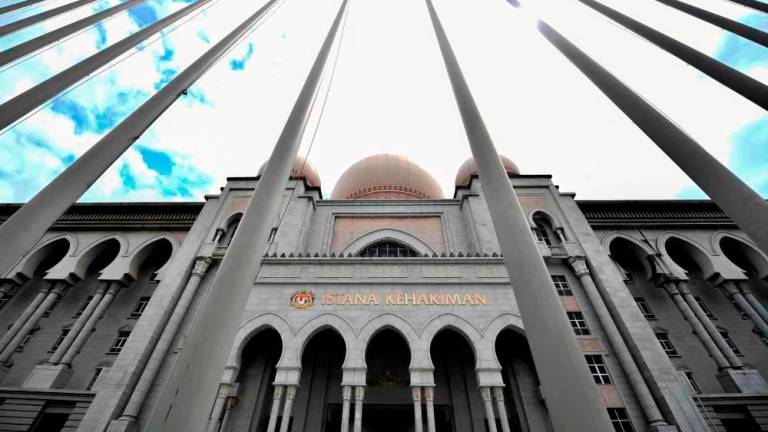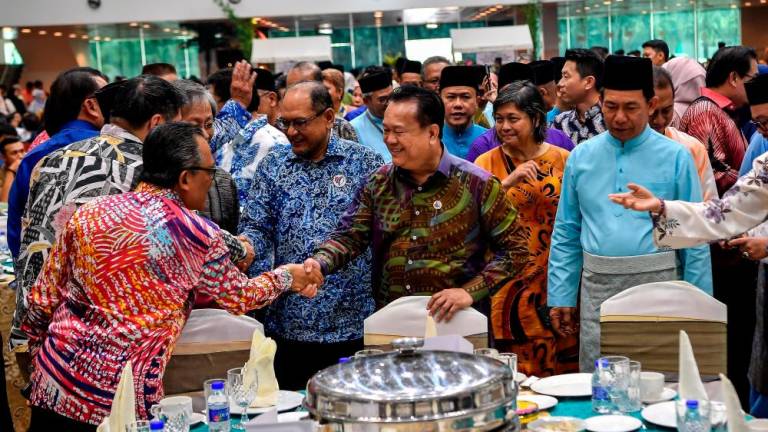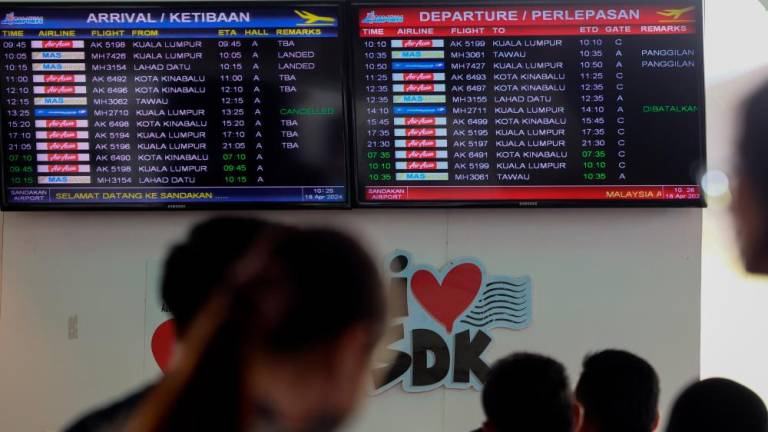ONE wonders why there is opposition to the teaching and learning of Jawi (khat) script as part of the Bahasa Melayu subject. In fact, it is the most logical thing to do as the original script of Bahasa Melayu is Jawi and not the Latin (roman) alphabets. More important Jawi is the Arabic script of the Quran, which every Muslim must be able to read in its original form.
The Arabic alphabet (Jawi) was introduced to the Malay world through the spread of Islam, which came through Perlak and Pasai sometime in the 13th century. It was adapted into the Malay language conforming with its nuances and linguistic inflexion and has become the main script of not only Peninsular Malaya but also in Aceh, Banjar, Minangkabau, Brunei among others.
From the 15th century, all official communique, administrative documents and records, syariah laws texts were in Jawi. For example, Undang-Undang Melaka was written Jawi and so were all court proclamations, royal address and archival records.
Before the introduction of the Latin script by the British, Jawi was the main script in all matters of governance – administration, records, and communique – and religious education. Even after the adoption of the romanised alphabet, Jawi was still an integral part of the bureaucratic and educational system alongside the Latin script. Literary and creative works such as the Hikayat Malim Deman, Hikayat Merong Mahawangsa, Hikayat Sri Rama and Syair Siti Zubaidah, which are extant are in Jawi. Scholars read these works in its original script.
In short, the Jawi script is an integral part of the Malay heritage and psyche. In addition to its official formal and informal usage in governance, education and social interactions, the Jawi script has developed into an artistic expression called khat just like the Roman and Chinese calligraphy.
It adorns all mosques, palaces and religious educational institutions. Its arabesques meanders through numerous spatial configurations to create abstract visual images using various khat styles such as naskh, nastaliq, diwani, thuluth and reqa.
Thus, why must the proposed resurrection of Jawi script be politicised? Revitalising the Jawi script will not threaten other forms of established textual expressions. It will in fact add to our corpus of knowledge and enrich our imagination and creativity.
Lest it may be misconstrued, it is not an expression of Malay supremacy but more so as an effort to share the beauty of the Jawi script in penmanship, calligraphy and abstract artistic expressions and create a shared understanding of our cultural plurality.
Mohamed Ghouse Nasuruddin is with the Centre for Policy Research and International Studies,
Universiti Sains Malaysia.












